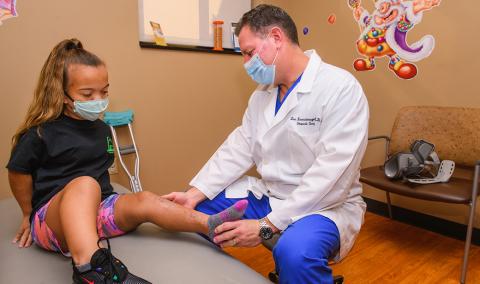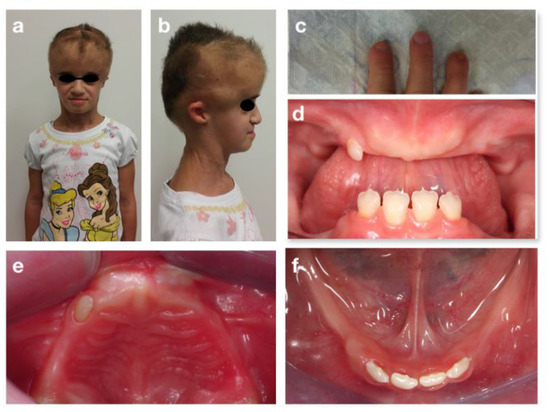Exploring the Superior Flavor Profiles with the Snoop Dogg Vape Pen
Exploring the superior flavor profiles with the Snoop Dogg vape pen reveals a unique and elevated vaping experience that has captivated both cannabis enthusiasts and casual users alike. Known for its sleek design and advanced technology, the Snoop Dogg vape pen is not just about convenience it is about delivering a rich, nuanced flavor that honors the essence of premium cannabis strains. What sets this vape pen apart is its ability to preserve and enhance the terpenes, the aromatic compounds responsible for the distinct flavors and aromas in cannabis. Whether you prefer earthy pine notes, citrusy bursts, sweet berry undertones, or spicy pepper hints, the Snoop Dogg vape pen’s heating system ensures these flavor profiles remain intact without being overshadowed by harshness or chemical aftertastes. The vape pen’s ceramic heating element plays a crucial role in this process. Unlike traditional coil-based systems that can burn the cannabis material and produce an unpleasant taste, the ceramic technology gently warms the concentrate or flower to an optimal temperature.

This gentle heat releases cannabinoids and terpenes in a way that maximizes flavor while minimizing combustion byproducts. As a result, each puff delivers a clean and flavorful vapor that enhances the overall sensory experience. Users often report tasting more distinct and vibrant notes than they would with other vaping devices or even smoking. The clarity of flavor also allows for a deeper appreciation of the strain’s profile, making the Snoop Dogg Pen an ideal choice for flavor connoisseurs who seek both potency and palate pleasure. Another factor contributing to the superior flavor is the pen’s compatibility with a wide range of cannabis concentrates, including wax, shatter, and oil cartridges. This versatility gives users the freedom to explore different consistencies and flavors, further broadening the sensory palette available. Many appreciate how the pen maintains consistency in flavor delivery, even as the cartridge empties, preventing the fading or bitterness that can occur in lesser devices. Moreover, the sleek design includes temperature control settings that allow users to customize their vaping experience. Lower temperatures tend to highlight the lighter, more delicate floral and citrus notes, while higher settings bring out the heavier, more resinous and earthy flavors.
This level of control empowers users to tailor their sessions according to mood and preference, enhancing enjoyment and satisfaction. Beyond flavor, the Snoop Dogg vape pen offers an overall smoothness and ease of use that contributes to its popularity. The device heats quickly, produces thick vapor clouds, and requires minimal maintenance, making it accessible for both beginners and seasoned users. The portability and discreetness of the pen also mean that users can enjoy their favorite flavor profiles anytime, anywhere, without compromising on quality or taste. This combination of convenience and superior flavor makes it a standout in a crowded market of vaping products. The Snoop Dogg brand’s reputation for quality and innovation further assures users that they are investing in a product designed with expertise and passion for cannabis culture. Whether you seek bold, robust flavors or subtle, nuanced notes, this vape pen delivers a smooth, flavorful vapor that enhances every session. Its user-friendly design and consistent performance make it an excellent choice for anyone looking to explore the superior flavor profiles that modern vaping technology can offer.
















